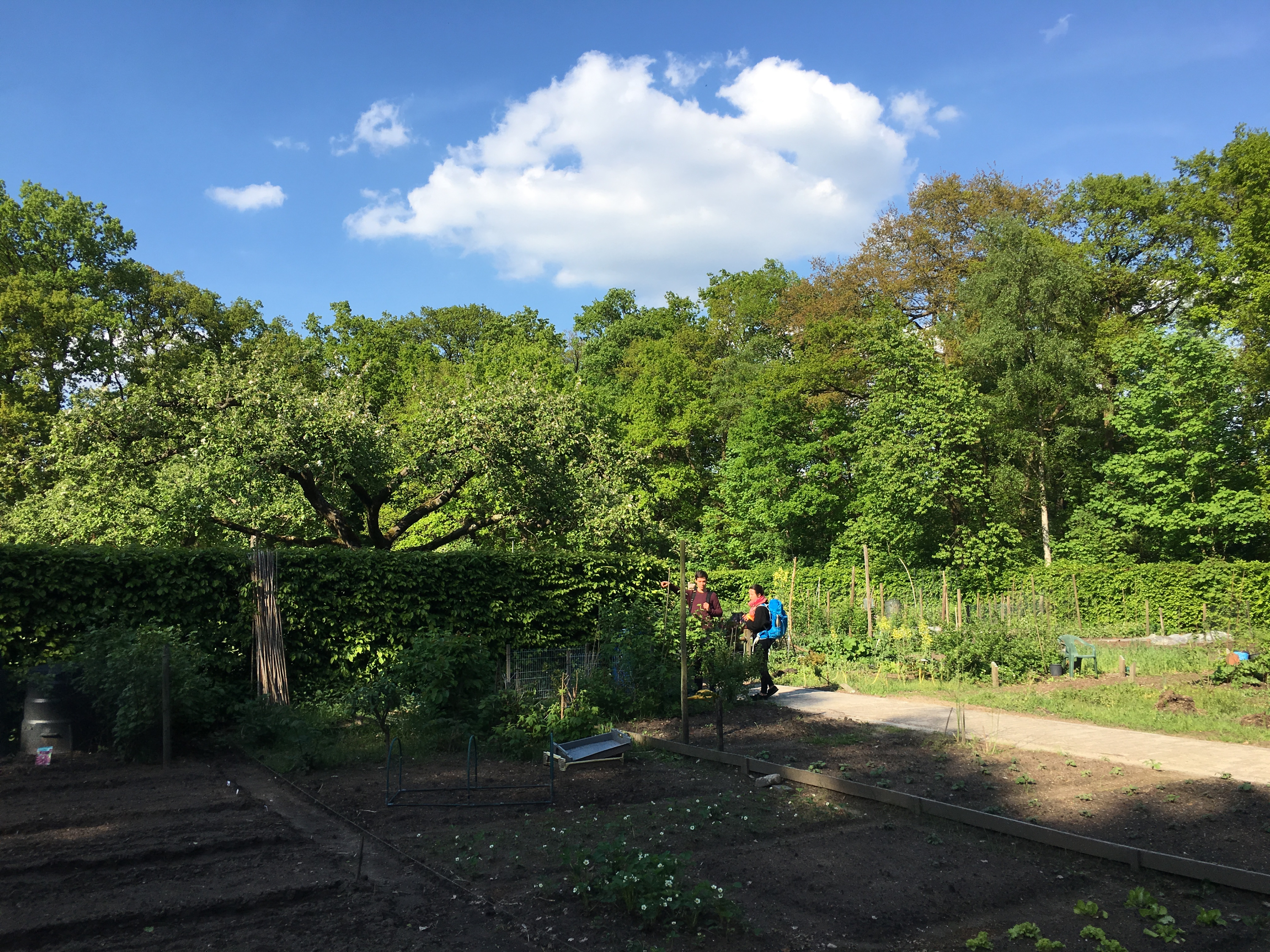1 min
Tips & Tricks for ECO gardening
Gardening is a skill which you can learn. Don’t be afraid to make mistakes, not every plant
will grow as you would like. Plants can also have diseased which are pretty okay to prevent.
So here are some tips and tricks to prevent a couple mistakes and to keep your plants as
healthy and tasty as possible.
16 min
Trick 1 - Epsom salt as plant fertilizer
Encourage green growth on your house plants by applying a solution of 2 tablespoons salt to
1 gallon water once a month. (Real Simple, 2018)
32 min
Trick 2 - Banana peel as rose fertilizer
Just flatten a banana peel and bury it under one inch of soil at the base of a rosebush. The
peel’s potassium feeds the plant and helps it resist disease. Consider it a nutritional boost for
you and your buds. (Real Simple, 2018)
32 min
Trick 3 - Use coffee grounds in your garden
Utilize those coffee grounds! They make an excellent fertilizer, compost….and so much
more! It adds nutrients to your soil, makes texture and drainage better, and keeps pests from
devouring your vegetable garden. These are the fundamental benefits you can get from
coffee grounds
32 min
Trick 4 - Give your garden a calcium boost
My blender rarely sees daylight, but now it might just get the chance to see the kitchen
counter with this genius tip! I’m starting to understand the idea behind compost a little more
now that I’m dabbling in the garden, so this just makes a lot of sense to me. Just like grinding
your food makes it easier to digest, grinding eggshells makes it easy for your garden to
absorb the calcium egg shells provide.(Listotic, 2018)
32 min
Trick 5 - Plastic bag as knee pads
Need to kneel in your garden to pull weeds, or on the street to change a tire, but don't want
to preserve the memory eternally on your pant legs? Grab a couple of plastic bags and tie
one around each knee, covering the area that will be exposed to dirt and grime. (Real
Simple, 2018)
32 min
Trick 6 - Tricks to prevent your from getting a disease.
Choose resistant plants: If you know a certain disease is common in your area,
choose plants that resist it. Plant labels often will tell you if a variety is resistant to a
common disease. For example, some varieties of roses are very susceptible to black
spot, a disease that causes, oddly enough, black spots on the foliage. Other varieties
are very resistant to infection.
Remove infected plants: As soon as you notice a plant with a problem, give it the
yank. Even picking off infected leaves helps prevent a disease from spreading.
Avoid wetting foliage: Most plant diseases require moisture to spread. Avoid
overhead watering, and apply water to soil, not foliage. Don’t handle plants when the
leaves are wet. If you have to use overhead watering, do so in the morning so the
leaves dry quickly in the sun, rather than sitting moist all night.
Space plants properly: Planting too close reduces air circulation between plants —
a condition that invites disease. Set containers so the air can circulate between them.
Unfortunately, planting close together is often the norm with flower-filled planters, so
just be aware that diseases are more common under these conditions.
Keep your garden clean and tidy: Many diseases spread on plant debris, so pick up
fallen leaves and remove dead plants. Keep the spaces under containers clean.
Provide drainage: Make sure your pots can drain properly. You know that your pots
must have holes in the bottom so that water can drain out. But frequent checks also
allow you to be sure that the openings aren’t clogged with roots. And if you have a
saucer under your pots, make sure you drain it after watering so plants don’t sit in
soggy soil — overly wet soil leads to root-rot diseases.
Keep tools clean: Disinfect pruning tools with a 10-percent-bleach solution (1 part
bleach to 9 parts water) between cuts to prevent spreading diseases.
Control insects: Many diseases are spread by insects, including the infamous Dutch
elm disease, which is spread by elm bark beetles.
Grow healthy plants: Give your plants the right amount of light and water by putting
them in a location they’re well suited to. For example, when sun-loving plants are
grown in shade, mildew and other diseases are more likely to take hold. When plants
get exactly what they need, they stand up to disease much better.
Avoid excess nitrogen fertilizer: Yes, you want to keep plants growing vigorously,
but don’t supercharge them with nitrogen. This nutrient makes plants grow quickly,
but the rapid growth is weaker and susceptible to disease. Consider using slow-
release or organic fertilizers to maintain healthy growth.
Use fresh soil mix: Don’t replant in used soil mix, especially if you’re growing plants
that may be susceptible to diseases. Compost the old, and refill with the new.(Marken,
DeJohn and Association, 2010)
Inspect your plants before taking them home:if a plant has a disease it can be unhealthy to
eat. So check your vegetables and wash them before eating.






